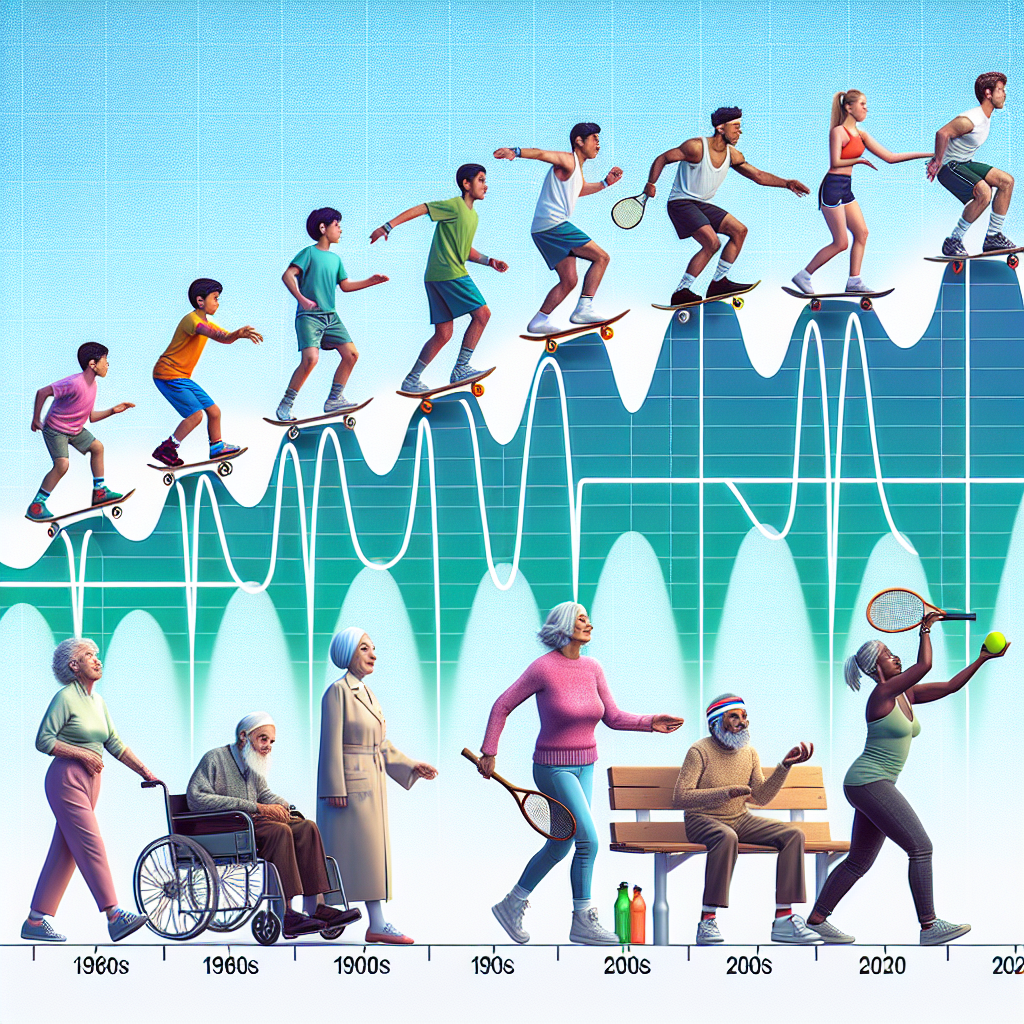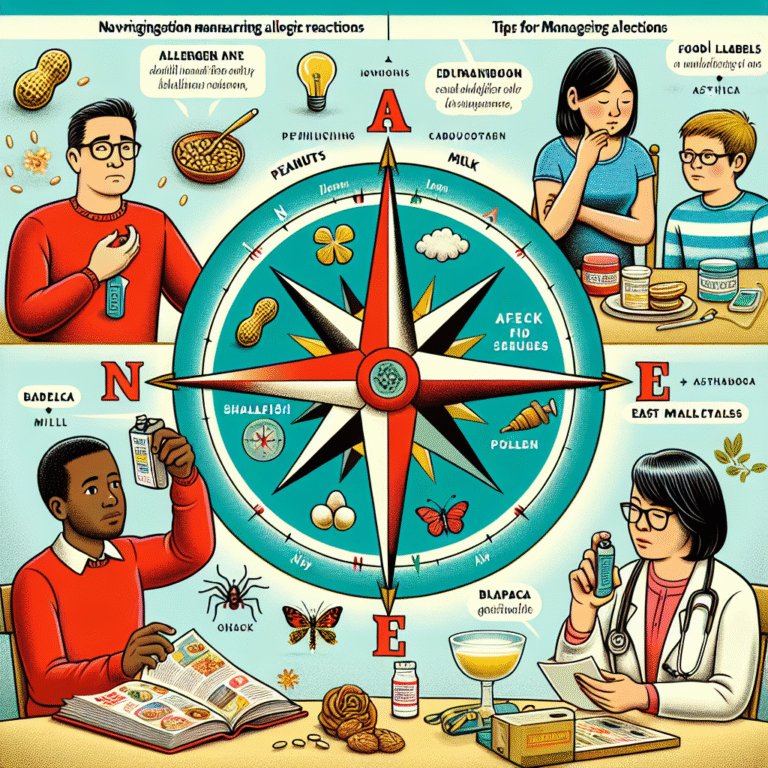
Introduction
Imagine you’re watching your favorite sport, and suddenly, you see something incredible: a young athlete dodging opponents with a grace and speed that seems almost superhuman. Or perhaps, you reminisce about the days when you could react to life’s unpredictable moments in the blink of an eye. The truth is, as the clock ticks, our bodies and minds evolve in complex ways, especially when it comes to reaction time. In this article, we will delve deep into the intriguing dynamics of Age vs. Agility: How Reaction Time Changes Over the Decades.
Understanding how our reaction times shift as we age is more than just a curious fact—it informs everything from sports performance to daily activities. Whether you’re a parent encouraging a child in sports or a senior seeking to maintain agility, the insights shared here will be invaluable. So, let’s embark on this journey through the decades, uncovering the science, stories, and strategies that define our reactions through the ages.
The Science Behind Reaction Time
What is Reaction Time?
Reaction time is the interval between the presentation of a stimulus and the subsequent response. This seemingly simple metric can reveal a lot about our cognitive and physiological capabilities. Factors influencing reaction time include sensory processing, neural transmission, and motor response.
The Neurobiology of Aging
As we transition through the decades, fundamental changes in our nervous system occur.
-
Cognitive Decline: Research shows that while intelligence might remain stable, specific cognitive functions, such as processing speed, begin to decline. This impacts reaction time.
-
Physical Changes: The loss of muscle mass and changes in joint flexibility can affect how quickly we can physically respond to stimuli.
- Neural Pathways: Older adults often experience slowed neural conduction velocity, leading to longer reaction times.
Life Stages: A Breakdown of Reaction Times
Now that we’ve established a foundational understanding, let’s explore how reaction times play out distinctly in various life stages, from childhood to old age.
| Age Range | Average Reaction Time (ms) | Key Factors Impacting Reaction Time |
|---|---|---|
| 5-10 years | 250-300 | Rapid development and high energy levels |
| 11-20 years | 220-250 | Peak physical fitness and cognitive agility |
| 21-30 years | 200-230 | Optimal balance of experience and speed |
| 31-40 years | 230-260 | Beginning of gradual decline |
| 41-50 years | 260-280 | Noticeable slowing, both physically and mentally |
| 51-60 years | 280-300 | Cognitive processing becomes slower |
| 61+ years | 300+ | Significant decline impacting daily activities |
Age vs. Agility: A Closer Look at Each Decade
Childhood to Adolescence (Ages 5-20)
In our early years, agility is often at its highest. Children exhibit exceptional reflexes thanks to neuroplasticity, the brain’s ability to adapt and form new connections. The fascinating case of a soccer prodigy highlights this: a boy shattered records, demonstrating rapid response times and coordination that his opponents could scarcely manage.
Case Study: The Young Soccer Star
In a local tournament, a 10-year-old showed remarkable agility, dribbling past older rivals effortlessly. When interviewed, his coach noted, “He combines physical ability with an uncanny sense of timing.” This highlights the physiological agility present in youth—a direct correlation with shorter reaction times.
Early Adulthood (Ages 21-30)
During this period, individuals often experience peak physical condition while balancing cognitive prowess. Athletes become particularly prominent at this stage, refining their skills and honing reaction times.
Case Study: The Competitive Sprinter
A 23-year-old sprinter clocked some of the fastest reaction times in the sport, consistently under 190 ms. Researchers note that this athlete’s training regimen enhanced not only speed but neural pathways’ efficiency. This period solidifies the Age vs. Agility: How Reaction Time Changes Over the Decades narrative.
Middle Adulthood (Ages 31-50)
As individuals transition into their 30s, a gradual decline in reaction time becomes apparent. Work-life balance, family obligations, and decreased opportunities for physical engagement can contribute to this shift.
Case Study: The Corporate Athlete
A 39-year-old executive who played organized sports in youth finds that while he still can strategize exceptionally well, his initial reaction to game scenarios is not as sharp. “I’ve noticed I don’t react as quickly during games,” he shared, emphasizing the cognitive aspects linked to physical capacities.
Later Adulthood (Ages 51+)
In the later decades of life, the combination of physical and cognitive decline significantly impacts reaction time. Seniors often face slower reflexes, which can affect both safety and quality of life.
Case Study: The Senior Volleyball League
An over-60 volleyball league showcases how aging players manage response times. While the competitive edge might shift, strategies such as improved positioning and memory of game dynamics illustrate adaptive methods to counteract the decline in agility.
Real-World Applications of Reaction Time Across Life Stages
Sports and Agility Training
Athletes at all ages can benefit from understanding the relationship between age and agility. Training programs that focus on quick transitions, coordination, and even visualization techniques can enhance reaction times.
Training Tip: Use agility ladders for quick footwork or reaction balls that bounce unpredictably to improve responsiveness.
Traffic and Safety
For older drivers, understanding changes in reaction time can improve safety. Advocating for regular eye tests and cognitive assessments can mitigate risks.
Gaming and Cognitive Performance
Video games offer an interesting conundrum. Younger players often excel due to faster reaction times, yet the gaming industry is witnessing older adults engaging more. Cognitive training games for seniors can help maintain sharper reflexes.
Aging in Place
Mature adults can implement strategies to enhance their agility in daily life. Simple practices like regular exercise, yoga for flexibility, and mental exercises like puzzles can help keep one’s reaction time sharper for longer.
Conclusion
Understanding Age vs. Agility: How Reaction Time Changes Over the Decades is crucial for individuals at all life stages. As we age, knowing how our reaction times evolve can help us adopt healthier lifestyles, hone our skills, and improve safety. The dynamic nature of our bodies and minds inspires an active approach to remaining agile regardless of age.
Ages may change, but we can all strive to enhance our agility, ensuring that we keep pace with life’s demands. Whether you’re coaching a child or planning your own fitness journey, reflecting on these insights can empower a proactive approach to keeping life’s reactions sharp.
FAQs
1. How does age affect my reaction time?
With age, neural processing slows down, and physical agility can diminish, resulting in longer reaction times for many individuals.
2. Can I improve my reaction time as I age?
Yes! Regular exercise, mental stimulation, and agility training can enhance your reaction time at any age.
3. Are younger individuals always faster in reacting?
Generally, younger individuals exhibit quicker reaction times due to more efficient neural pathways and better physical conditioning.
4. What are some activities that can help improve reaction time?
Agility drills, sports, cognitive training games, and exercises that challenge balance can all help improve reaction time.
5. How can I ensure that I maintain agility as I age?
Stay active through a balanced regimen of strength training, cardio, flexibility exercises, and engagement in mentally stimulating activities.
Through proactive measures and a positive mindset, we all have the potential to navigate the dynamic landscape of Age vs. Agility: How Reaction Time Changes Over the Decades. Let’s continue to explore the interplay between age and agility and maintain our vibrant, responsive selves well into our golden years.

















